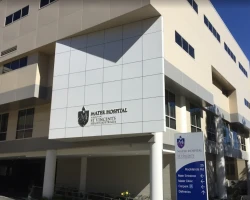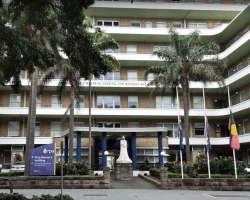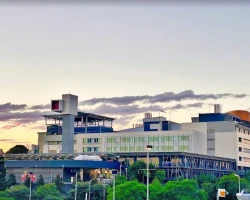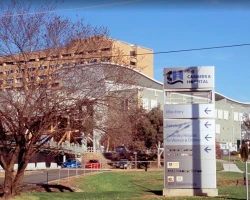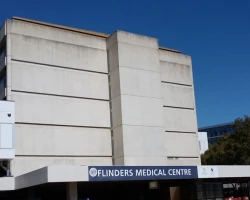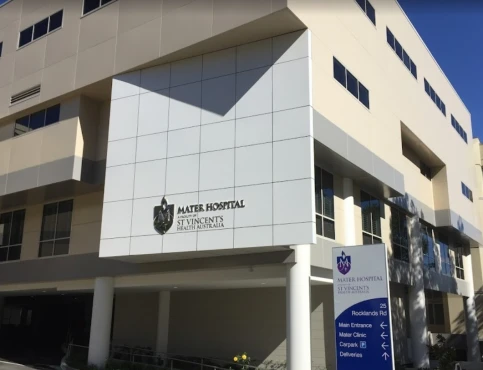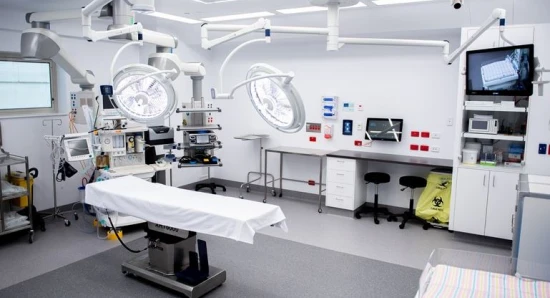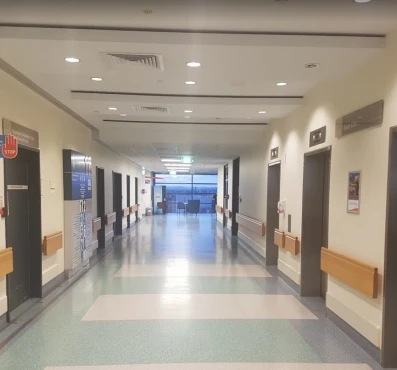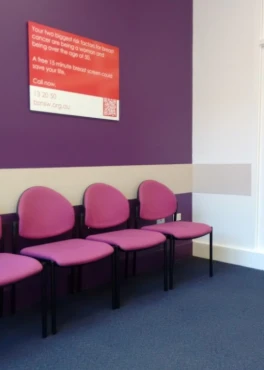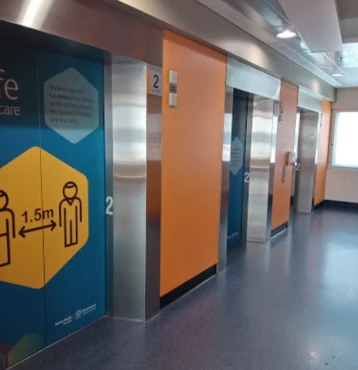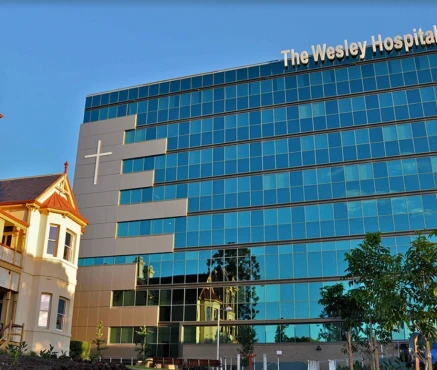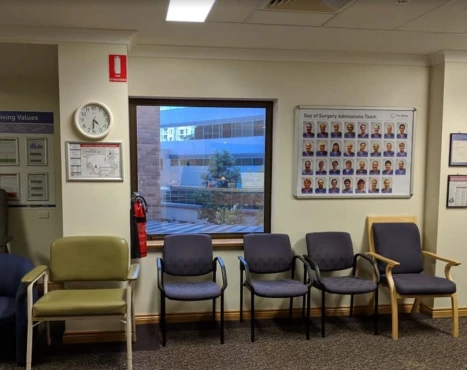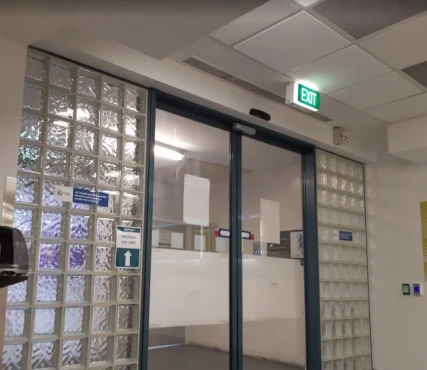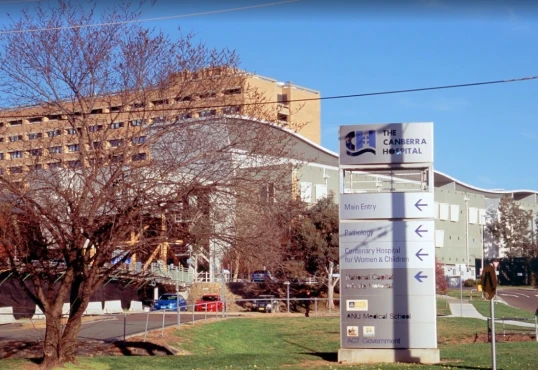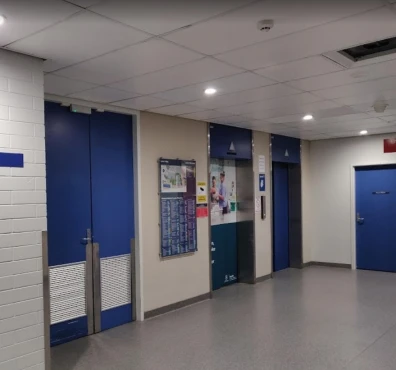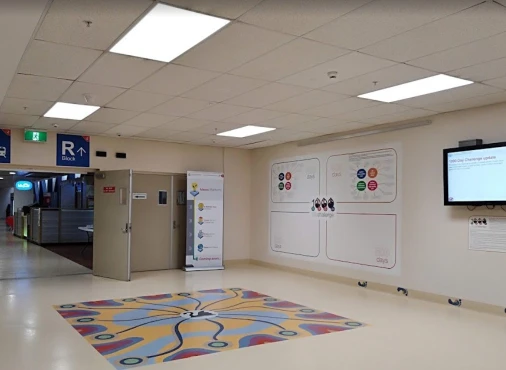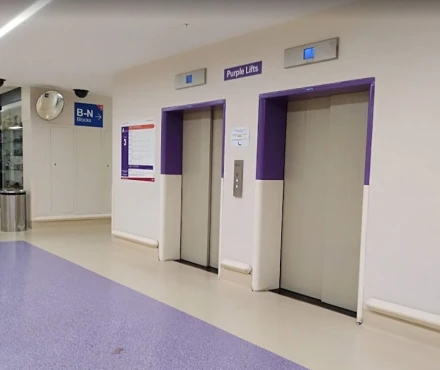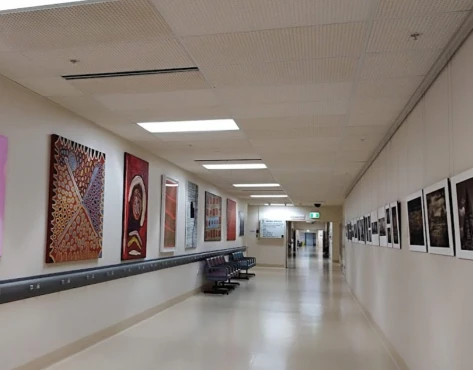from Drazcula
November 11, 2023
Had our first baby here last week, what an amazing hospital. The maternity ward was out standing, fantastic nurses and midwives who go above and beyond despite their patient load (special shout out to Maree, Anne Marie and Yvette!)
For a hospital, the food was quite good - you order on demand and meals are made fresh. Overall, I had a great experience especially as a first time mother. Thank you again.
from shi ying yong
September 04, 2023
I was admitted for an elective surgery and could not recommend my stay at the Mater enough! What really shines at Mater is the thoughtfulness and care that the nurses and staff provided to me throughout my stay. I would like to thank Tomika, Heather, Kenny and Alyssia for their incredible assistance and the care that they provided to me. The nurses really take the time to explain what they are doing and are attentive and helpful during their shifts (even during late nights or early mornings). The little gestures that they do just to get you to be a little more comfortable really leave a mark on you. Additionally the room service offered at the Mater provides a wider selection of meal options to choose from compared to other hospitals and the ability to order a variety of meals or snacks during the day when needed. The kitchen staff are accommodating and can assist in scheduling your meals as well. Highly recommend the Mater!
from Vinicius Zampiroli Cerqueira
July 14, 2023
I had an absolutely incredible experience that I will be forever grateful for. The staff members were not only extremely kind, but also incredibly knowledgeable in their field. I want to give a special thanks to the midwives Michelle and Hayley, who were not only amazing people, but also true professionals in every sense of the word.
On a side note, the food provided throughout our stay was exceptional, making every day a delightful culinary experience, so thank so much for the people that we couldn’t see cooking for us, but we could definitely taste their care.
